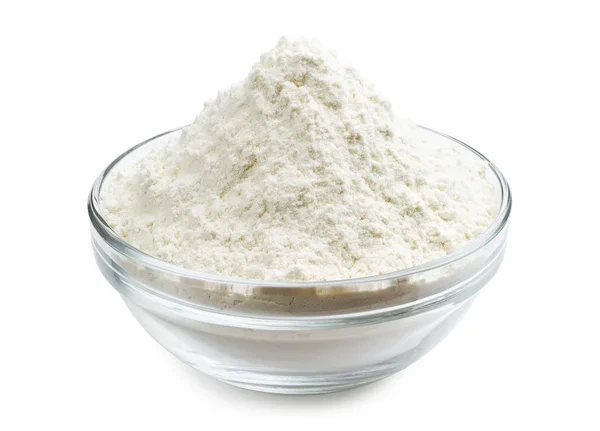IUPAC Name
Tapioca Starch
Cas Number
9057-07-2
HS Code
1108.14.00
Formula
C27H48O20
Industry
Food Ingredients
Appearance
White Powder
Common Names
Cassava Starch, Starch, Tapioca Starch
Packaging
25 kg PP Bag
Brief Overview
Starch can be extracted from the grain or root of root vegetables like cassava. It is easily obtained on the commercial sector as a dry powder, with properties tailored to specific requirements. Its main application is in the food business, where it was selected for its appropriateness because other industries required certain features that it lacked.
Manufacturing Process
Three crucial steps are involved in the production of tapioca starch: extraction and preparation, purification, and water removal. The cassava roots are first cleaned and peeled, and the pulp that is left over is then strained through water. The collected starch is then purified using centrifugation and sedimentation techniques. The final step is to get rid of the water, which is done by drying.
Food Industry
In the confectionery industry, different kinds of modified starch are used for a range of purposes, including making gels, thickening, stabilizing texture, enhancing foam, regulating crystal growth, encouraging adhesion, enabling film formation, and providing a glaze. Specifically, modified tapioca starch functions as a colloid stabilizer in drinks containing solid ingredients.
Adhesive and Glue Industry
Due to the intrinsic adhesive properties of starch, two forms of adhesives—modified starches and dextrins—have been developed. These are used in the production of liquid and roll-dried adhesives. In the adhesive industry, tapioca starch is especially valued for its remarkable ability to bind and the significant viscosity it may achieve when combined with water or certain chemicals.
Textile Industry
Modified starch is frequently used in printing to provide more consistent prints and avoid contamination during the process. For this use, modified starch that has been pregelatinized is typically the best choice.
Other Applications
In the third phase of the paper-making process, a condensed paper with specific uses in mind is created, like calendar paper, book covers, and packaging. Thin boiling starches, more complex modified starches, or jet-cooking native starch with enzymes are all used in this technique.
